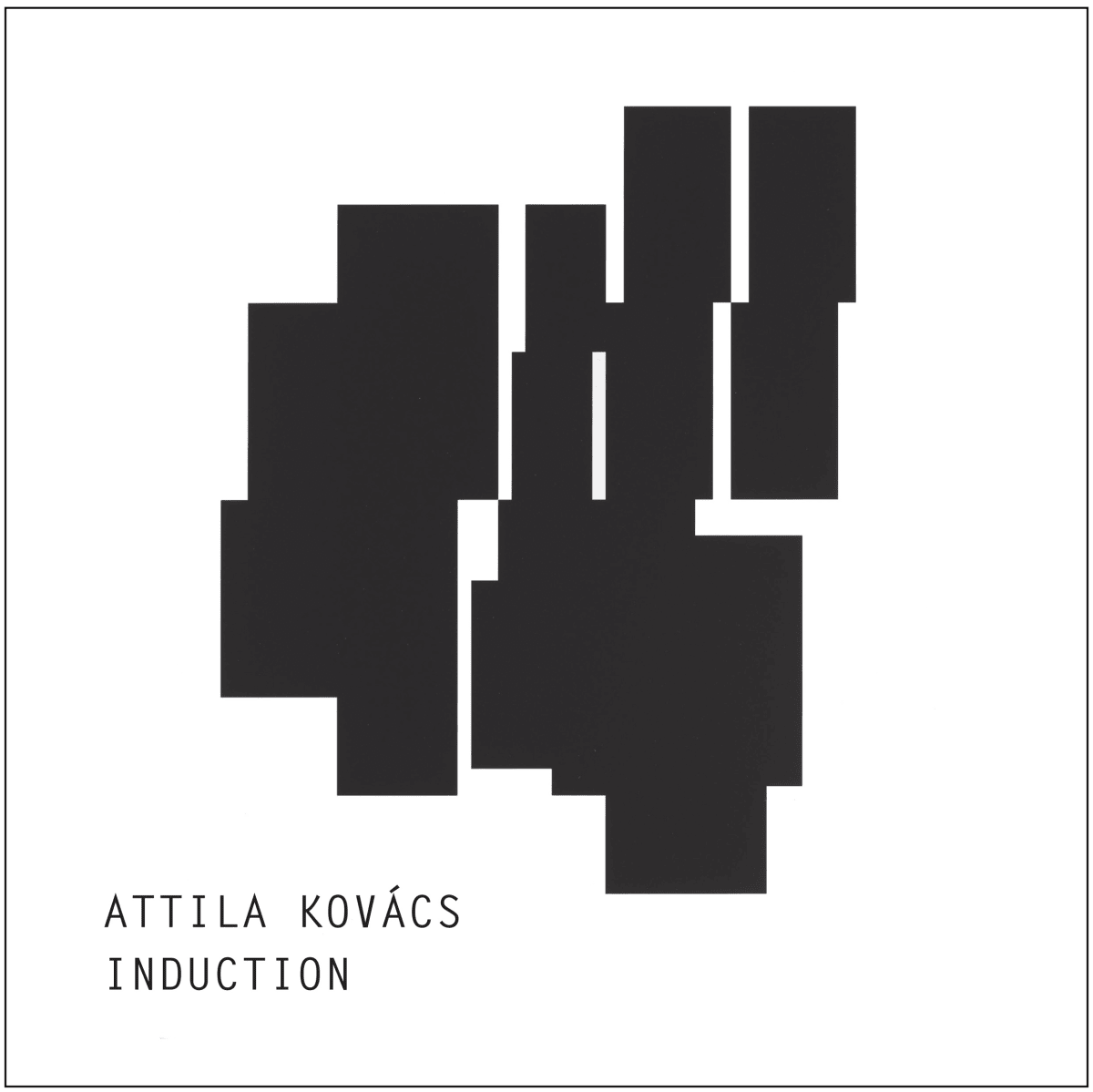Attila Kovacs Hungarian, 1938-2017
(b. 1938 - d. 2017 Budapest, Hungary) Kovács’ vision is deductive and expansive, using the logic of János Bolyai’s geometry as the great Renaissance masters like Piero della Francesca and Leon Battista Alberti did with the postulates of Euclid. His art was inspired by Bolyai’s thoughts, which emancipated mathematics from the description of nature, stating mathematics and the mathematics of visual space can also be autonomous.
Between 1964 and 1970 Attila Kovács created a unique artistic language he named “Frame of Reference” or “Transmuting Plasticity”, where he built his own system of non-Euclidean sequential geometric abstraction along mathematical coordinates delineated by the three spatial axes x, y and z, and the time axis t (spacetime) His works are usually two-dimensional, other times they start out in one plane then they build up following the mathematically fixed rhythm of sequential movement and spring into 3D, forming a kind of geometric frieze on the wall.
Attila Kovács was born in 1938, in Budapest and emigrated to West Germany in 1964. He graduated from the Department of Art at the Staatliche Akademie der Bildenen Künste in 1970. Kovács had many international solo and group shows including a retrospective exhibition at the Kunsthalle Budapest in 1995.
-
 Attila KovacsKoordination pp3-7-1975, 1985Acrylic on canvas mounted on board60 x 45 cm
Attila KovacsKoordination pp3-7-1975, 1985Acrylic on canvas mounted on board60 x 45 cm
23 5/8 x 17 3/4 inches -
 Attila KovacsMetrische sequenz 1973-75, 1981Acrylic on canvas120 x 88 cm
Attila KovacsMetrische sequenz 1973-75, 1981Acrylic on canvas120 x 88 cm
47 1/4 x 34 5/8 inches -
 Attila KovacsKoordination p13-7-1975, 1976Acrylic on canvas60 x 45 cm
Attila KovacsKoordination p13-7-1975, 1976Acrylic on canvas60 x 45 cm
23 5/8 x 17 3/4 inches -
 Attila Kovacs1 transformation von transmutation 3 (1969-70), 1974Acrylic on canvas58.8 x 140 cm
Attila Kovacs1 transformation von transmutation 3 (1969-70), 1974Acrylic on canvas58.8 x 140 cm
23 1/8 x 55 1/8 inches -
 Attila KovacsSubstrate K-H-4, 1967-69Plastic, acrylic and mirror39.5 x 133 x 22 cm
Attila KovacsSubstrate K-H-4, 1967-69Plastic, acrylic and mirror39.5 x 133 x 22 cm
15 1/2 x 52 3/8 x 8 5/8 inches
-

Repetitions
2 Mar - 6 May 2022On the 100th anniversary of Répétitions by Paul Eluard and Max Ernst, a publication of collages and poems by the Dada and Surrealist artists, The Mayor Gallery in the countdown...Read more -

Three Colours
12 Apr - 5 Jun 2021We are excited that The Mayor Gallery will be re-open to the public from the 12 April with our comprehensive exhibition Three Colours, Red-White-Blue . A wide range of artists...Read more -

ATTILA KOVÁCS
INDUCTION 9 Feb - 31 Mar 2016The oeuvre of Attila Kovács is characterised by accountability, in other words, by inspecting the articles around us in phases, and by building his simultaneously singular and complex world from...Read more











